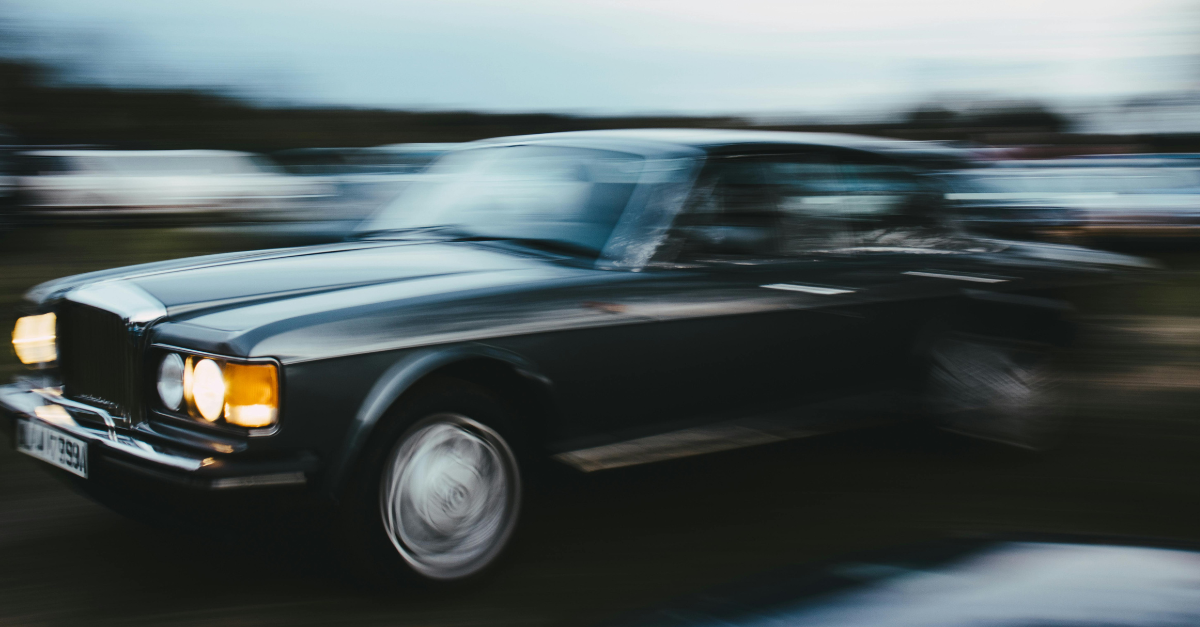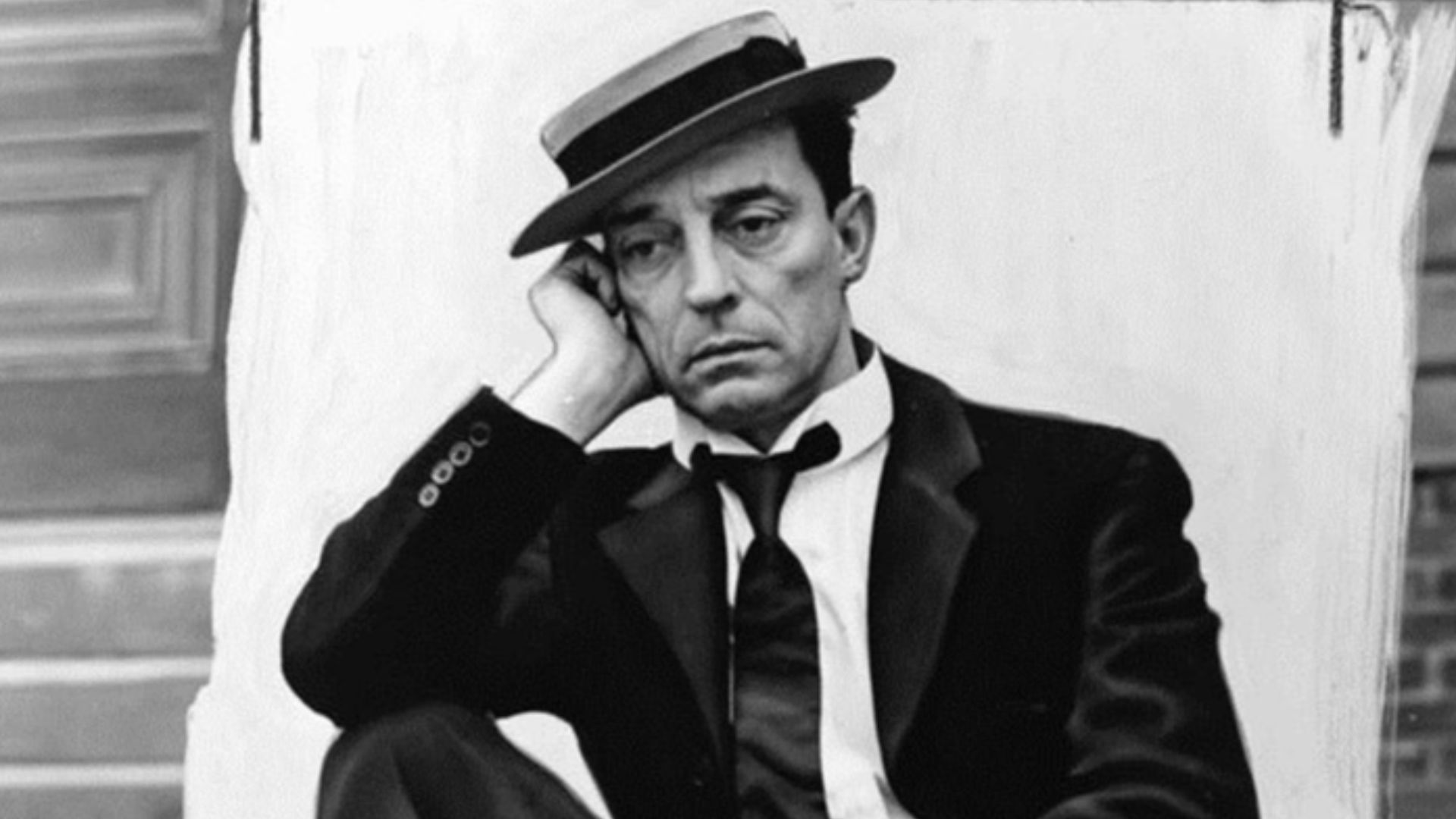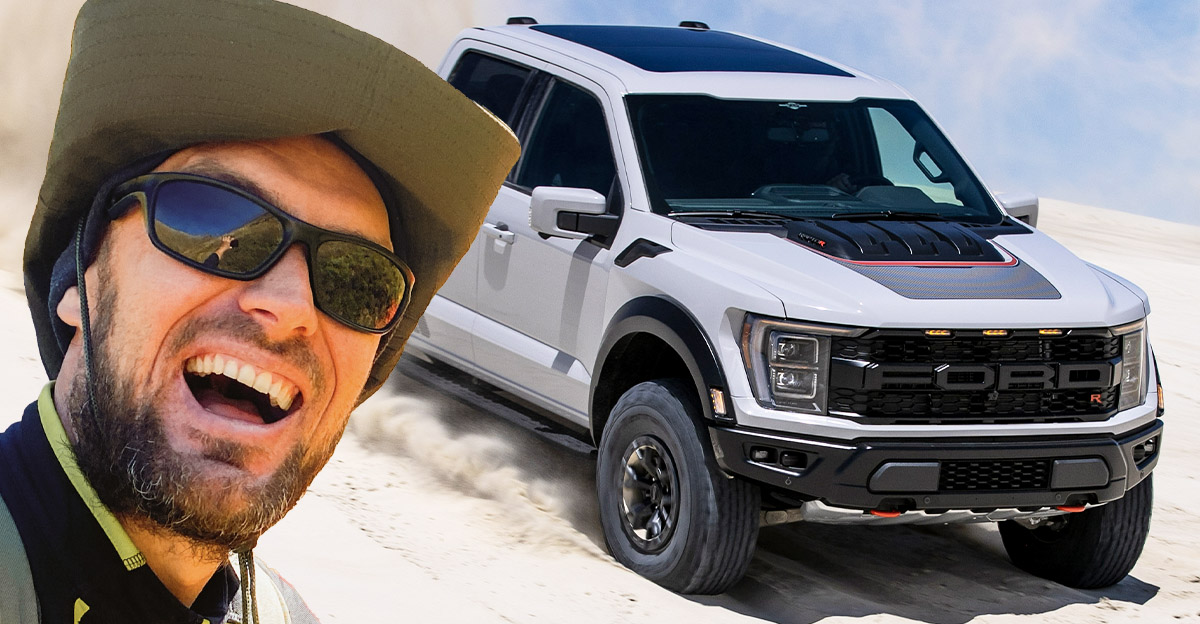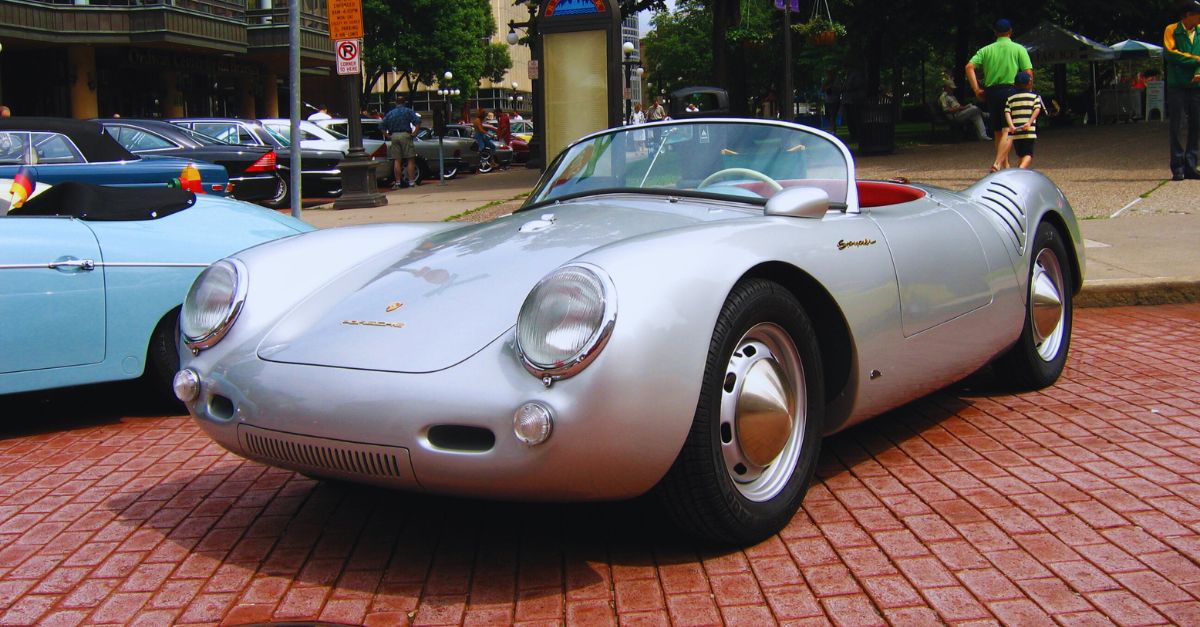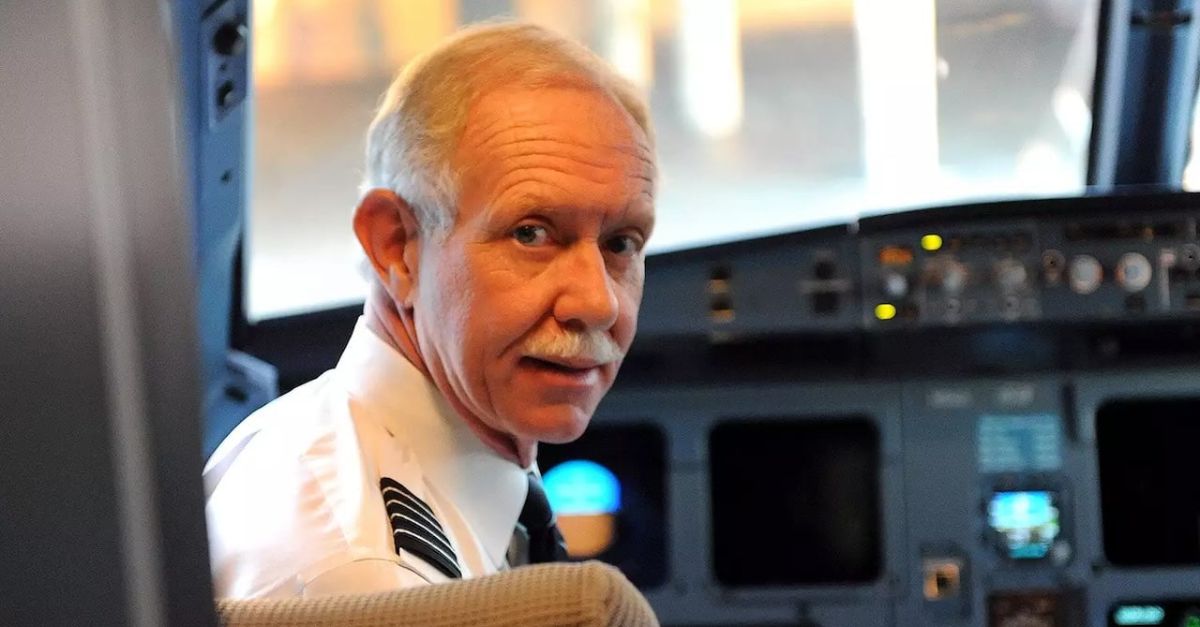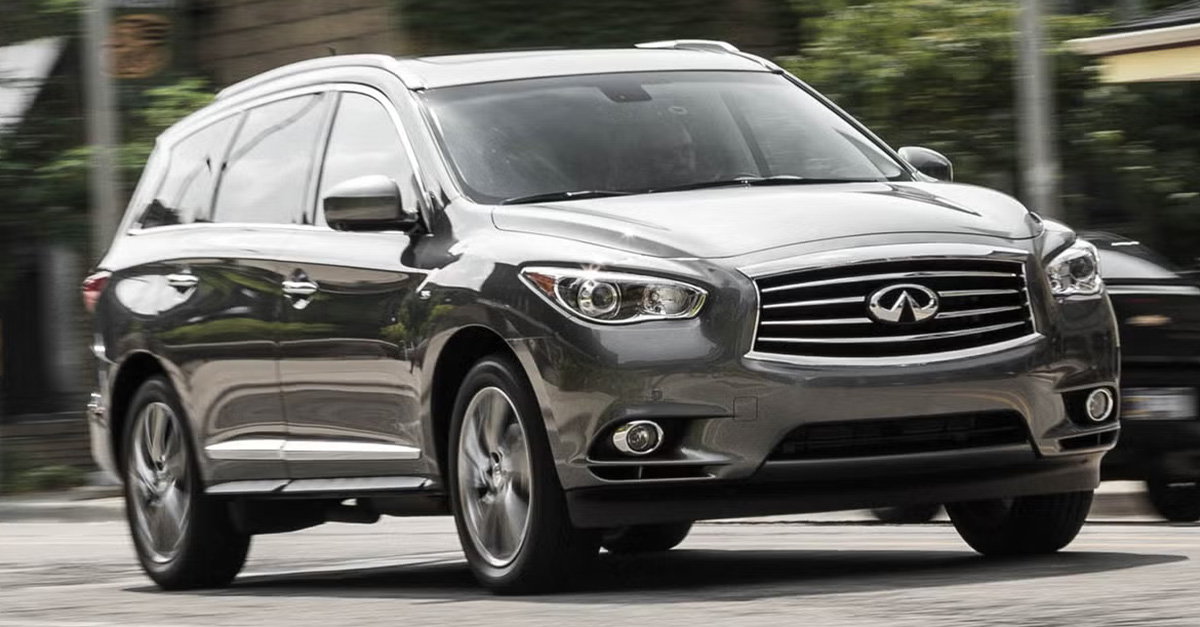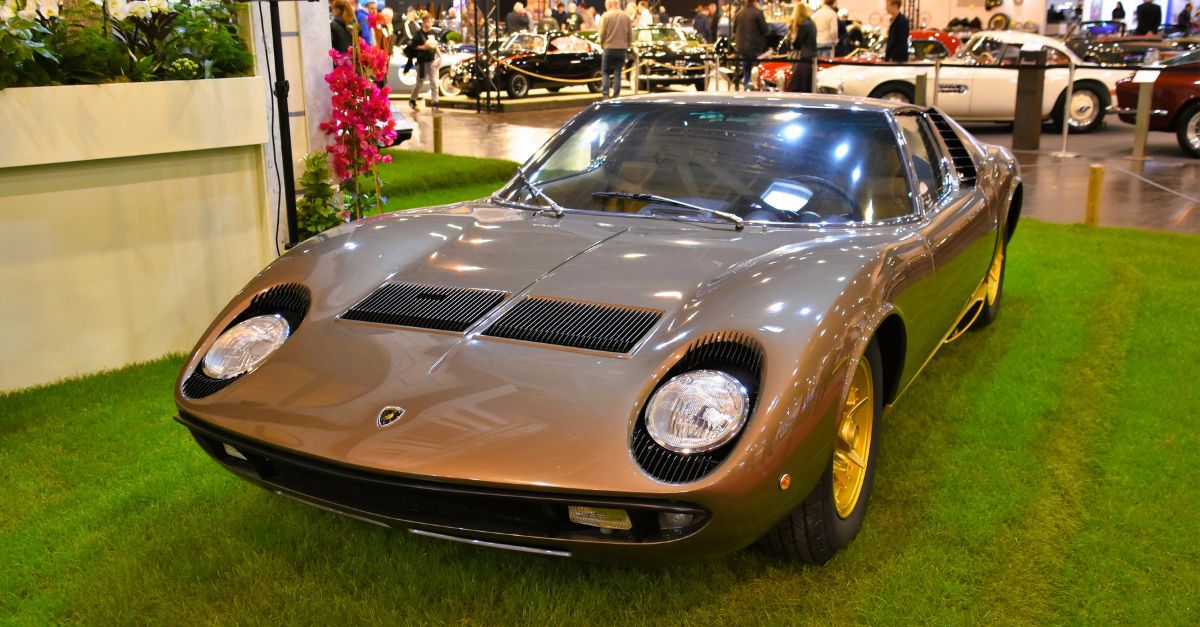When Rubber Meets Reel
Few things get movie fans grinning like a good car chase. Tires screech, bumpers crunch, engines roar, and for a few minutes it feels like chaos has broken loose on the screen. But here’s the twist: behind the camera, it’s all a tightly choreographed dance. Directors, stunt drivers, and camera crews have been fine-tuning this wild art form for over a century. Buckle up—because the story of how Hollywood captures its car chases is as thrilling as the movies themselves.
Buster Keaton Sets The Stage
Long before Fast & Furious came along, Buster Keaton was already turning cars into comedy partners. In the 1920s, he used them for gags, stunts, and close calls that made audiences gasp. He basically proved cars could be characters, not just props.
Silent Era Ingenuity
Back then, there was no safety net—no green screens, no digital tricks. If you wanted a car to crash into a ditch, you had to actually do it. That danger gave those early scenes a raw, unpolished thrill you can still feel watching them today.
 First National Pictures, Day Dreams (1922)
First National Pictures, Day Dreams (1922)
Cameras On The Move
Of course, filming a chase wasn’t easy. Cameras were the size of refrigerators, and cars didn’t exactly come with GoPro mounts. So filmmakers had to strap cameras onto other moving vehicles or build makeshift rigs just to keep up with the action.
 How Car Chase Scenes Have Evolved Over 100 Years | Movies Insider | Insider, Insider
How Car Chase Scenes Have Evolved Over 100 Years | Movies Insider | Insider, Insider
The Keystone Influence
Comedy studios like Keystone milked the chaos for laughs, filling their reels with fender-benders, pileups, and madcap pursuits. They might’ve been silly, but they laid the groundwork for how a chase could tell a story and keep audiences hooked.
 Keystone Studios, Kid Auto Races at Venice (1914)
Keystone Studios, Kid Auto Races at Venice (1914)
The Golden Age Of Hollywood Stunts
By mid-century, car chases were no longer a gimmick—they were spectacles. Hollywood hired trained stunt drivers who knew how to make a crash look terrifying without actually killing anyone. For the first time, destruction was an art form.
 United Artists, Steamboat Bill, Jr. (1928)
United Artists, Steamboat Bill, Jr. (1928)
Steve McQueen Shifts Into Gear
Then along came Bullitt. Steve McQueen didn’t just star in it—he actually drove in it. The chase through San Francisco’s hills was revolutionary, partly because audiences knew McQueen’s hands were on the wheel, not a stunt double’s.
 Warner Bros.-Seven Arts, Bullitt (1968)
Warner Bros.-Seven Arts, Bullitt (1968)
The Muscle Of Bullitt’s Chase
What really set Bullitt apart, though, was the camera work. Crews strapped lightweight cameras right onto the Mustang. The result was bumpy, shaky, and exhilarating—you felt every gear shift, every swerve, every close call.
 Behind the Scenes: Recreating the Famous Steve McQueen Bullitt Car Chase | Fast N' Loud, Discovery
Behind the Scenes: Recreating the Famous Steve McQueen Bullitt Car Chase | Fast N' Loud, Discovery
The French Connection Gets Reckless
If Bullitt was cool precision, The French Connection was pure recklessness. Director William Friedkin filmed at slower speeds and then sped the footage up, making everything feel faster. Add in real New York traffic and you’ve got one of the tensest chase scenes ever.
 20th Century-Fox, The French Connection (1971)
20th Century-Fox, The French Connection (1971)
Guerilla Filmmaking In Action
Here’s the kicker: Friedkin didn’t have city permits. Those pedestrians dodging out of the way? Totally real people who just happened to be crossing the street. It was risky, borderline reckless filmmaking, but it gave the movie its raw, dangerous energy.
 20th Century-Fox, The French Connection (1971)
20th Century-Fox, The French Connection (1971)
Smokey And The Bandit Revvs Comedy
Not every chase had to be nerve-shredding. By the late ’70s, movies like Smokey and the Bandit showed you could mix fast cars with comedy and still keep audiences glued to their seats. Outlaws, sheriffs, and endless highway hijinks made the chase fun again.
 Universal Pictures, Smokey and the Bandit (1977)
Universal Pictures, Smokey and the Bandit (1977)
Mad Max Pushes The Limits
Then George Miller cranked the dial up to eleven with Mad Max. His dusty, dystopian world turned cars into weapons. Homemade rigs and bone-rattling stunts made sure every chase felt more like a demolition derby than a film shoot.
 Roadshow Film Distributors, Mad Max (1979)
Roadshow Film Distributors, Mad Max (1979)
The Fury Road Upgrade
When Miller returned decades later with Mad Max: Fury Road, he brought all the chaos back—but with better tools. High-tech camera rigs like the Edge Arm let the crew capture impossible angles while stunt drivers performed jaw-dropping maneuvers in the desert.
 Warner Bros. Pictures, Mad Max: Fury Road (2015)
Warner Bros. Pictures, Mad Max: Fury Road (2015)
The Arrival Of The Biscuit Rig
Speaking of tools, one of the biggest game changers was the Biscuit rig. It’s basically a giant platform that tows cars while letting actors pretend to drive. Meanwhile, a hidden stunt driver handles the real control. The actors get safety; the audience gets authenticity.
 How Car Chase Scenes Have Evolved Over 100 Years | Movies Insider | Insider, Insider
How Car Chase Scenes Have Evolved Over 100 Years | Movies Insider | Insider, Insider
Tom Cruise And The New Era
Of course, some stars aren’t happy pretending. Tom Cruise, for example, insists on doing his own driving. Combine that daredevil spirit with modern rigs, and you’ve got chase scenes that feel both Hollywood-polished and legitimately dangerous.
 Paramount Pictures, Mission: Impossible – Dead Reckoning Part One (2023)
Paramount Pictures, Mission: Impossible – Dead Reckoning Part One (2023)
CGI’s Arrival In The Chase Lane
By the ’90s, CGI entered the game. Suddenly, you could flip cars, stage insane crashes, or blow things up without risking lives or wrecking a dozen vehicles. It was a handy tool—but not without its flaws.
 Unreal Engine 5 - Cinematic Car Chase, Florent
Unreal Engine 5 - Cinematic Car Chase, Florent
Why CGI Still Takes A Backseat
Here’s the problem: audiences can tell when it’s fake. No matter how polished, digital cars don’t skid, smoke, or crumble the same way real ones do. That’s why most filmmakers use CGI as seasoning, not the main dish.
 Paramount Pictures, Mission: Impossible – Rogue Nation (2015)
Paramount Pictures, Mission: Impossible – Rogue Nation (2015)
The Drone Revolution
If helicopters were the old-school way of filming from above, drones are the modern upgrade. Light, agile, and a lot cheaper, drones can dive, hover, and swoop right along with the cars, giving chase scenes a fresh, dynamic look.
Miniatures And Tricks Of Scale
And sometimes, the old-school tricks still win. Miniatures—tiny cars smashing into tiny walls—can look surprisingly real when filmed the right way. It’s cheaper, safer, and still a solid way to pull off massive destruction.
 Car Battle: BMW Crash Test Showdown, The Ultimate Face-off, Clay Cars Creator
Car Battle: BMW Crash Test Showdown, The Ultimate Face-off, Clay Cars Creator
Editing As The Secret Weapon
Don’t forget the unsung hero: the editor. A chase lives and dies in the edit. Cut too slow and it drags; cut too fast and you lose the geography. Done right, editing controls the pulse of the chase and makes it feel relentless.
 How I became a Netflix video editor in 3 months, Standard Story Company
How I became a Netflix video editor in 3 months, Standard Story Company
The Sound Of Speed
Engines lie on film. That sleek sports car you see might not sound nearly as mean in real life. That’s why sound designers layer in roaring V8s, screeching brakes, and growling exhausts until the audio matches the intensity of the action.
 Universal Pictures, 2 Fast 2 Furious (2003)
Universal Pictures, 2 Fast 2 Furious (2003)
Safety Behind The Chaos
Of course, what looks like pure mayhem is actually carefully choreographed. Stunt teams rehearse endlessly, safety crews stand by, and every camera placement is calculated. The goal is to make it look wild without ever letting things actually get out of control.
 The Fall Guy | Introducing the Stunt Team, Universal Pictures
The Fall Guy | Introducing the Stunt Team, Universal Pictures
The Legacy Of The Chase Scene
From Buster Keaton’s slapstick joyrides to Tom Cruise’s pedal-to-the-floor stunts, the car chase has never lost its appeal. Each era added new tools and tricks, but the thrill remains the same: speed, danger, and the illusion that at any moment, it could all go off the rails.
 Paramount Pictures, Mission: Impossible – Ghost Protocol (2011)
Paramount Pictures, Mission: Impossible – Ghost Protocol (2011)
You May Also Like:
Four Of The Deadliest Roads In The World
The Best Quick Guide To Buying Tires
The Most Memorable Muscle Cars Featured In Movies
Source: 1

